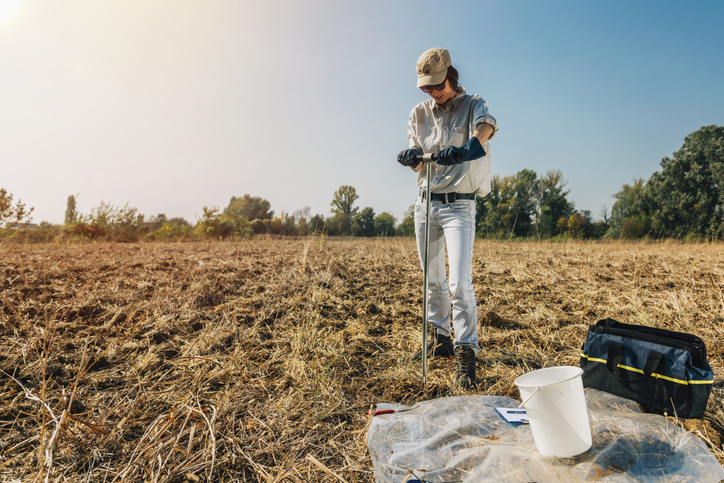Environmental Site Assessments (ESAs) are a key tool in mitigating risk for commercial property buyers, lenders, and lessors. They are used to identify potential or existing environmental contamination that may cause liabilities for the owner, lessor, and/or lender. They usually assess environmental concerns regarding both the land and the physical improvements to the land.
Why An Environmental Site Assessment Is Critical
An Environmental Site Assessment helps land buyers and lenders avoid liability for environmental problems they did not cause. In a series of decisions, the courts determined that the Comprehensive Environmental Response, Compensation and Liability Act of 1980 (CERCLA) can be used to hold owners, lenders, and lessors responsible for remediation of hazardous environmental conditions, even if they did not cause the condition.
The same determination, however, provides a “safe harbor” provision called the “Innocent Landowner Defense.” This clause provides protection if the owner, lender, or lessor can show that they performed adequate due diligence prior to the purchase.
Environmental Site Assessments (ESAs) are designed to provide the protection of “safe harbor,” as well as to alert owners, lenders, and lessors to potential problems. As a result, an ASTM Standard Practice Phase I Environmental Site Assessment (also known as a Phase I ESA or simply a Phase I) is required by most commercial property lenders for purchasing and refinancing. Based on the findings of the Phase I ESA, additional Environmental Site Assessments may be required, including a Phase II and/or a Contamination Assessment.
Phase I ESA vs Phase II and Contamination Assessments
There are three key types of Environmental Site Assessments:
- Phase I ESA
- Phase II ESA
- Contamination Assessment
The Phase I Environmental Site Assessment is designed to assess the likelihood that a property has been contaminated. It generally includes:
- A review of records, to discover whether the site has been used for potentially hazardous purposes in the past.
- Visual inspection of the property’s current condition, with comparison to site plans.
- Visual inspection of adjoining properties.
- Interviews with current property owners, operators, occupants, and local government officials.
A Phase I ESA will not generally determine definitively whether contamination is present, nor the extent of any contamination, but rather whether it is probable that contamination may exist on the property.
The Phase II Environmental Site Assessment goes a step further to assess the actual presence of environmental contaminants and any likely limitations on property use, based on environmental factors. It is often ordered when the Phase I ESA indicates a possibility of environmental issues. The Phase II Assessment may include:
- Soil and water sampling for signs of contamination.
- Comparison of lab results with local, state, and federal regulations.
- Inspection of interior spaces for mold, radon, or lead paint.
- Identification of wetlands, ecological resources, or endangered species that may prevent certain land uses.
A Phase II ESA provides more definitive information than the Phase I ESA, but still does not provide detailed information on the extent of contamination or potential for remediation.
The Contamination Assessment is necessary only when contamination has been identified by a Phase II ESA. It is designed to:
- Determine the extent of the contamination, both horizontally and vertically
- Provide the basis of preparing a remediation plan
- Provide the basis for a cost estimate for remediation
Buyers and lenders may use the Contamination Assessment as a negotiating tool during the purchasing process, and/or to determine whether the benefits of the purchase are worth the liability.
Environmental Site Assessments are a critical tool for buyers, lenders, and lessors. They provide peace of mind, legal protection, and, in some cases, grounds for negotiation.
GLE Associates is a recognized leader in Environmental Site Assessments in the Southeastern United States, with an extensive portfolio of satisfied clients in both the private and public sectors, and nearly every type of commercial, institutional, and residential property.
We would love to help you with your next purchase, loan, or lease. Contact us to speak with an Environmental Site Assessment expert today.





